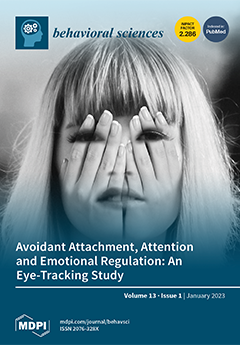Overweightness and obesity can negatively influence many activities, including postural balance and locomotion, increasing predisposition to injury and risk of falls due to limitations on the biomechanics of daily living. The present study aimed to determine the influence of the anthropometric profile and physical activity level (PAL) on the postural balance of overweight and obese children. The sample included 387 schoolchildren (216 boys and 171 girls). The variables of the anthropometric profile studied were body mass, biped height, BMI, waist circumference, waist-to-hip ratio (WHR), summation of folds, body composition, and somatotype. PAL was measured using the PAQ-C questionnaire. Static and dynamic postural balance were measured through an open-eye (OE) and closed-eye (CE) posturographic test and the SEBTm, respectively. For static balance, the significant models were for mediolateral velocity (R
2 = 0.42 in OA; R
2 = 0.24 in OC), anteroposterior velocity (R
2 = 0.21 in OA; R
2 = 0.27 in OC), and mean velocity (R
2 = 0.27 in OA; R
2 = 0.46 in OC), where the predictors of low performance were younger age, male sex, overweight/obese nutritional status, greater thickness of skin folds, less tendency to mesomorphy, and greater fat mass. On the other hand, for dynamic postural balance, the significant models were observed in the previous direction (R
2 = 0.39), posteromedial (R
2 = 0.57), and posterolateral (R
2 = 0.56), where the variables that predict a low performance were low PAL, overweight/obese nutritional status, and high WHR. Overweight and obese children presented a deficit in static and dynamic postural balance, enhanced by variables such as gender, age, PAL, and anthropometric characteristics related to adiposity.
Full article






